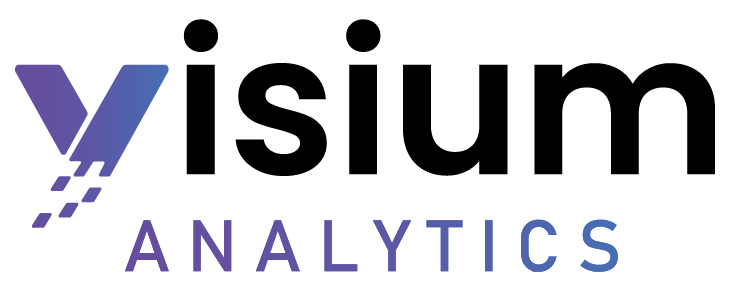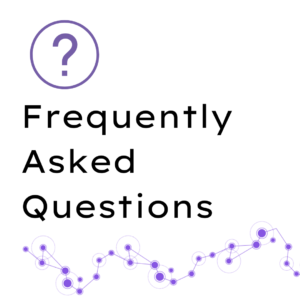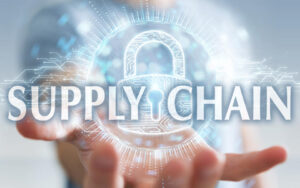Critical infrastructure, the backbone of our modern society, is increasingly in the crosshairs of sophisticated, state-sponsored cyberattacks. From power grids and water treatment facilities to transportation networks and financial systems, these essential services are becoming a prime target for malicious actors seeking to cause widespread disruption and chaos. The recent warning from the FBI about Russian government cyber actors targeting networking devices and critical infrastructure is a stark reminder of the gravity of this threat.
In this high-stakes environment, traditional security measures are no longer sufficient. To effectively defend our critical infrastructure, we need to adopt a more proactive and intelligent approach to cybersecurity.
Visium’s TruContext platform provides a powerful solution for securing critical infrastructure in the age of state-sponsored attacks. By providing real-time visibility, contextual intelligence, and predictive analytics, TruContext enables organizations to identify and neutralize threats before they can impact essential services. This blog will explore the unique challenges of securing critical infrastructure and explain how TruContext is helping to build a more resilient and secure future.
The Unique Challenges of Securing Critical Infrastructure
Securing critical infrastructure presents a unique set of challenges. These environments are often a complex mix of modern and legacy systems, making them difficult to secure and manage. Furthermore, the consequences of a breach can be catastrophic, leading to widespread power outages, transportation disruptions, and even loss of life. The recent attacks by APT33 and APT39 on defense contractors, energy producers, and telecommunications highlight the sophisticated nature of the threats facing critical infrastructure. These state-sponsored actors have the resources and expertise to launch highly targeted and persistent attacks that are difficult to detect and defend against.
TruContext: A Proactive Defense for Critical Infrastructure
TruContext provides a proactive defense for critical infrastructure by enabling organizations to identify and neutralize threats before they can impact essential services. By providing a real-time and contextualized view of the entire environment, TruContext enables security teams to detect the subtle signs of an attack as they happen. For example, TruContext can detect and alert on anomalous behavior in industrial control systems (ICS), such as a sudden change in a sensor reading or an unauthorized command being sent to a programmable logic controller (PLC). This can be an early indicator of a cyberattack, and by alerting on it in real-time, you can take immediate action to prevent a major disruption.
Real-World Example: The 2025 Judiciary Case Management System Attack
The recent attack on the federal Judiciary’s case management system [3] is a powerful example of the threat facing our critical government infrastructure. This attack highlights the need for a more proactive and intelligent approach to cybersecurity in the public sector. TruContext can be a valuable tool for government agencies, enabling them to secure their critical systems and to protect sensitive data from sophisticated, state-sponsored attacks.
Building a Resilient Future: A Public-Private Partnership
Securing our critical infrastructure is a shared responsibility. It requires a strong partnership between the public and private sectors. By working together, we can share threat intelligence, develop best practices, and build a more resilient and secure future. TruContext can facilitate this collaboration by providing a common platform for sharing security information and for coordinating incident response.
Conclusion
The threat to our critical infrastructure is real and growing. State-sponsored cyberattacks are becoming more sophisticated and more frequent. To effectively defend our essential services, we need to adopt a more proactive and intelligent approach to cybersecurity. Visium’s TruContext platform provides a powerful solution for securing critical infrastructure, enabling organizations to identify and neutralize threats before they can cause widespread disruption. By embracing this new approach, we can build a more resilient and secure future for everyone.



